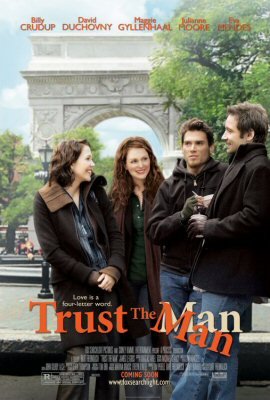Glory of Orthodox Chant
Both groups feature their respective soloist against an underlying choral drone and in alternation with responses. Lycourgos Angelopoulos and the Byzantine Choir of Greece, based in Athens, present the much more traditional all-male sound, with the microtonal bends and drones that Angelopoulos imported to Western chant when he worked with Marcel Pérès and Ensemble Organum on some of the best recordings of liturgical chant ever created. The Byzantine Choir of Greece, or rather the Greek Byzantine Choir as it has also been known in English, had a well-received recording of the Divine Liturgy of St. John Chrysostom, too. Once you hear that sound, it is hard to get it out of your head: the microtonal ornaments in track 8, "Then He shall speak to them in His anger," will blow your mind if your normal sound world is the chromatic scale. Angelopoulos sings his solo sections with the authority of John the Baptist, and the men of his choir, fixed over the immutable ison, or drone, have a most authentic liturgical sound.


The first sound we hear on this disc, however, is Serbian singer Divna Ljubojević with the Melodi Choir. This was a gutsy move on her part to join with the most revered performers of Orthodox chant, and unfortunately she sounds hopelessly lightweight by comparison. Here as elsewhere, Ljubojević (b. 1970) goes only by her own first name -- Divna, like Madonna or Cher -- and that affectation is indeed a sign that her performances are tinged by a pop ethos. The tone of this voice is too precious, suited more to a Disney standard, although her early training was with nuns in Serbia. There is nothing wrong with updating this music, especially since so much Byzantine liturgical music was not notated until the post-medieval period, sometimes as recently as the 19th century. In fact, the Melodi Choir has recorded three new pieces by Ljubojević herself, most of it instantly forgettable. It's still pretty enough listening, but it is out of place in alternation with Angelopoulos's group. My only other complaint is the completely insufficient liner notes, which have no texts or translations and no source information, something that largely reduces the possible function of this recording from musicological interest to meditative aid. For that purpose, the even-numbered tracks on this CD are very well suited.
Jade M2-36161































































